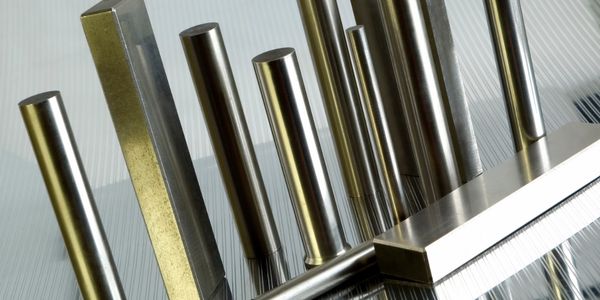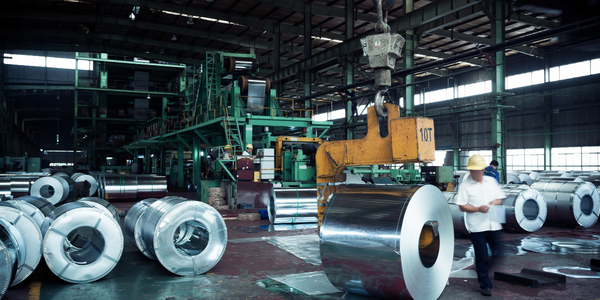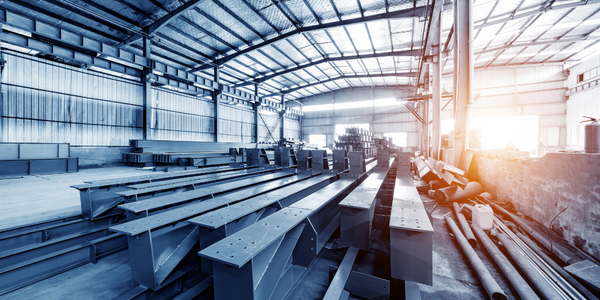
技术
- 机器人 - 机器人应用与编程软件
适用行业
- 金属
适用功能
- 流程制造
用例
- 数字孪生
客户
本特勒国际公司
关于客户
Benteler International AG 活跃于汽车、钢管和分销业务部门,在 38 个国家/地区的 170 个地点拥有 28,000 名员工。
挑战
本特勒有一个小型管道业务领域,他们为保时捷和其他汽车制造商生产铝制燃油管路和冷却剂管路。生产中的问题之一是,当本特勒添加新产品时,生产停机时间过多。
解决方案
ABB 提出了 RobotStudio 作为解决方案。工程师可以使用 RobotStudio 进行离线编程,使用实时数据来测试替代方案,而无需关闭生产。使用 RobotStudio,工程师可以模拟现实世界的情况,以确定新机器人设计的问题。如果存在问题,可以在工具实际由钢和铁制成之前解决。 RobotStudio 还用于创建宏以及对焊接、粘合和图像处理程序进行建模。
收集的数据
Asset Status Tracking, Downtime, Fuel Levels, Maintenance Requirements, Production Efficiency
运营影响

Case Study missing?
Start adding your own!
Register with your work email and create a new case study profile for your business.
相关案例.

Case Study
Goldcorp: Internet of Things Enables the Mine of the Future
Goldcorp is committed to responsible mining practices and maintaining maximum safety for its workers. At the same time, the firm is constantly exploring ways to improve the efficiency of its operations, extend the life of its assets, and control costs. Goldcorp needed technology that can maximize production efficiency by tracking all mining operations, keep employees safe with remote operations and monitoring of hazardous work areas and control production costs through better asset and site management.

Case Study
KSP Steel Decentralized Control Room
While on-site in Pavlodar, Kazakhstan, the DAQRI team of Business Development and Solutions Architecture personnel worked closely with KSP Steel’s production leadership to understand the steel production process, operational challenges, and worker pain points.

Case Study
Bluescope Steel on Path to Digitally Transform Operations and IT
Increasing competition and fluctuations in the construction market prompted BlueScope Steel to look toward digital transformation of its four businesses, including modern core applications and IT infrastructure. BlueScope needed to modernize its infrastructure and adopt new technologies to improve operations and supply chain efficiency while maintaining and updating an aging application portfolio.

Case Study
Continuous Casting Machines in a Steel Factory
With a very broad range of applications, steel is an important material and has been developed into the most extensive alloy in the engineering world. Since delivering high quality is absolutely crucial for steel plants, ensuring maximum productivity and the best quality production are the keys to competitiveness in the steel industry. Additionally, working conditions in steel factories are not suitable for workers to stay in for long periods of time, so manufactures usually adopt various machines to complete the steel production processes. However, the precision of these machines is often overestimated and the lack of flexibility also makes supervisors unable to adjust operating procedures. A renowned steel factory in Asia planned to improve its Distributed Control System (DCS) of furnaces as well as addressing the problem of insufficient accuracy. However, most well-known international equipment suppliers can not provide a satisfactory solution and local maintenance because the project needed new technologies to more accurately control equipment operations. By implementing Advantech’s automated monitoring and control solution, steel factories can not only improve the manufacturing processes but can also allow users to add additional functions to the existing system so as to make sure the operation runs at high efficiency.

Case Study
Automated Predicitive Analytics For Steel/Metals Industry
Asset to be monitored: Wire Compactor that produces Steel RebarCustomer Faced The Following Challenges:Dependent upon machine uptime.Pressure cylinders within the compactor fail to control compression and speed causing problems in binding the coil.Equipment failure occurs in the final stage of production causing the entire line to stop, can you say bottleneck?Critical asset unequipped with sensors to produce data.

Case Study
Mueller moves from preventive to predictive maintenance
Recognizing the recent advances in and affordability of predictive maintenance (PdM), the company decided to implement a PdM program in one of its facilities on a trial basis. Anticipating positive results, we hope to gradually pursue wider implementation.



